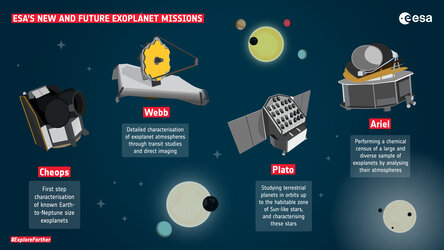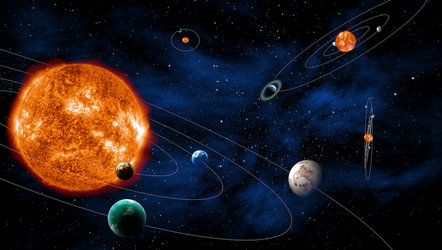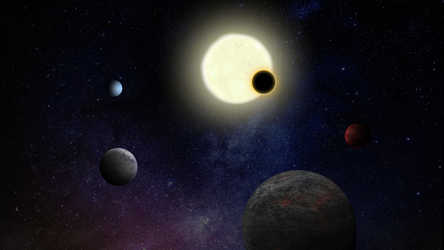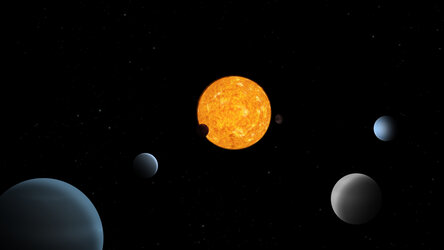COROT mission strategy
After its launch in December 2006, COROT was placed by a Soyuz launcher in a polar circular orbit around Earth at an altitude of 896 kilometres. COROT’s planned mission duration was three years, but it continued for much longer. The spacecraft was decommissioned on 17 June 2014.

To accomplish its two scientific objectives – the search for extrasolar planets and the probing of stellar interiors – COROT monitored hundreds of thousands of stars with its 30-centimetre diameter telescope from an advantageous position in space.
In fact, from the ground, the only planets detected around other stars have been giant gaseous worlds (Jupiter-like planets), over 10 times the mass of the Earth. Free from the distorting effects of the atmosphere, COROT was the first spacecraft also capable of finding smaller worlds made of rocks.
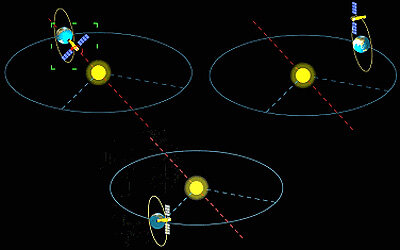
COROT's orbit allowed for continuous observation of two large regions in opposite directions of the sky for more than 150 days each. Within each region there are many selected star fields that were monitored in turn.
The reason for looking in opposite directions is that, because of the Earth's movement around the Sun, the Sun's rays start to interfere with the observations after 150 days. COROT then rotated by 180 degrees and to observe the other region. The first target field was towards Orion, after which it turned towards the centre of our galaxy, the Milky Way.
So, twice a year, when the Sun gets closer to the orbital plane and is about to blind the telescope, the spacecraft performed a reversal attitude manoeuvre, dividing the year into two 6-month periods of observation (by convention, summer and winter).

The right ascension of COROT’s orbital plane (12.5 degrees) was chosen after a preparatory ground-based observation campaign: COROT looked in the sky at 6:50 in winter and 18:50 in summer.
Thanks to the baffle efficiency, it was possible to observe close to the Earth's limb and thus orientate the satellite inside a 10-degree radius cone. When projected onto the sky, this cone draws two 'eyes' for COROT, where stellar fields will be selected for observations.
A slight orbital drift (by a housekeeping manoeuvre of inclination change) made it possible to broaden the viewing zone and place the observed stellar fields closer to the centre of the eye, where the level of stray light is the lowest. The instrument performance was thus optimised.
Seen from the satellite, the movement of the Sun was a rotation of one degree every day. To guarantee a sufficient level of battery charge, the solar wings were rotated every 14 days.






